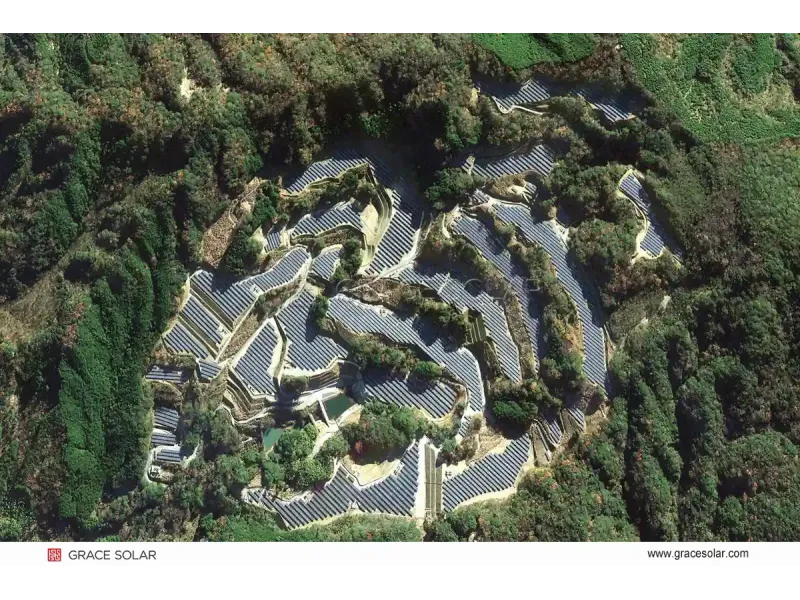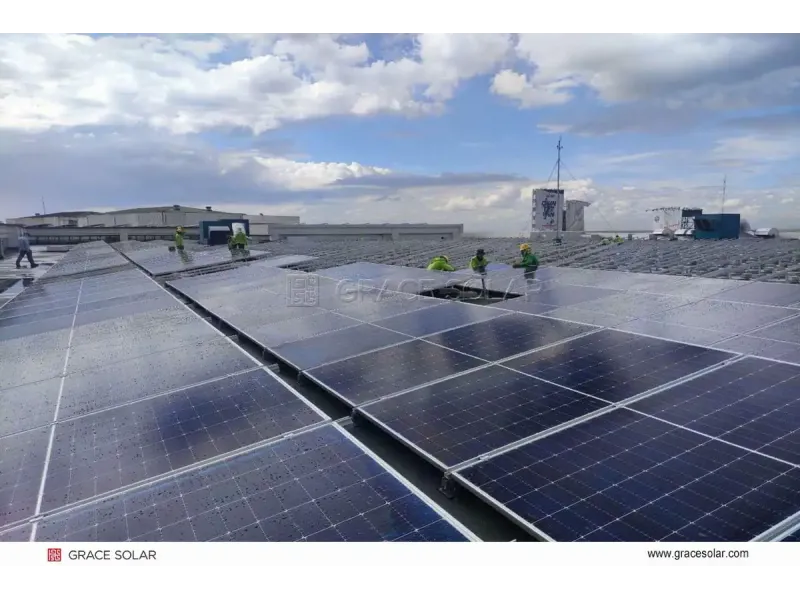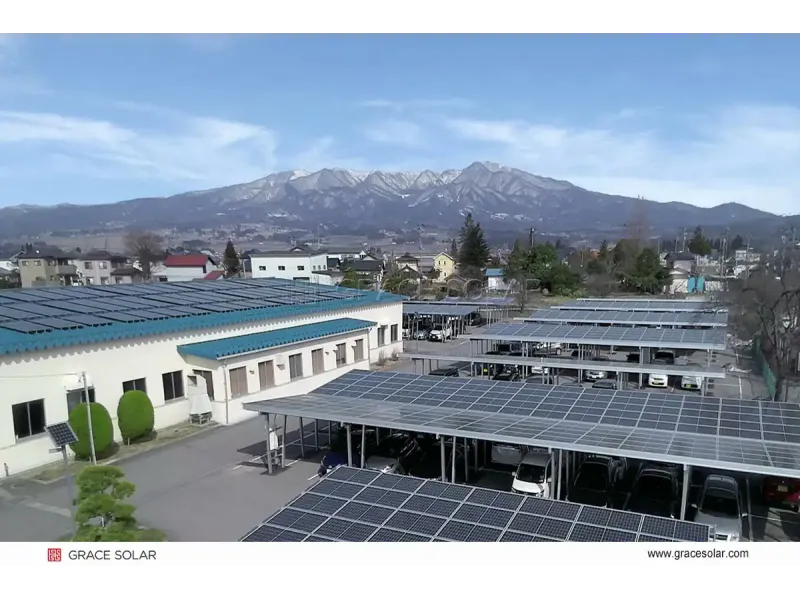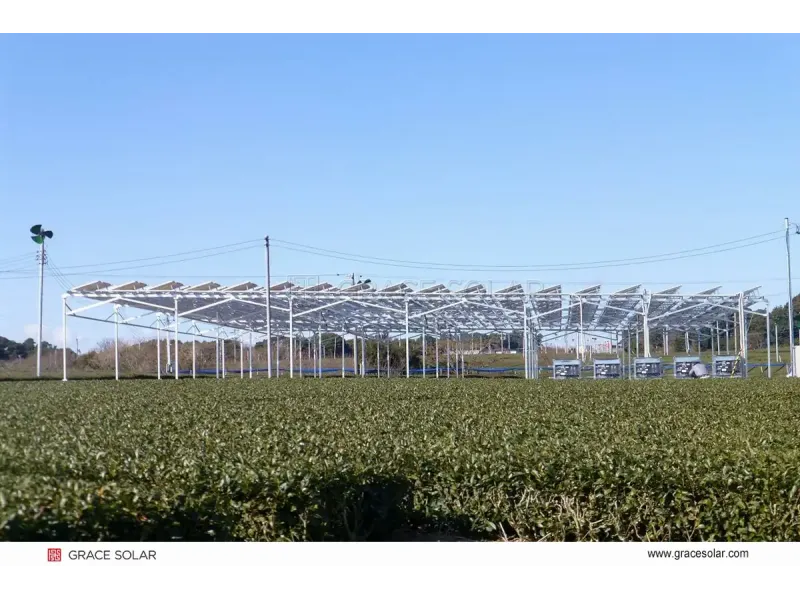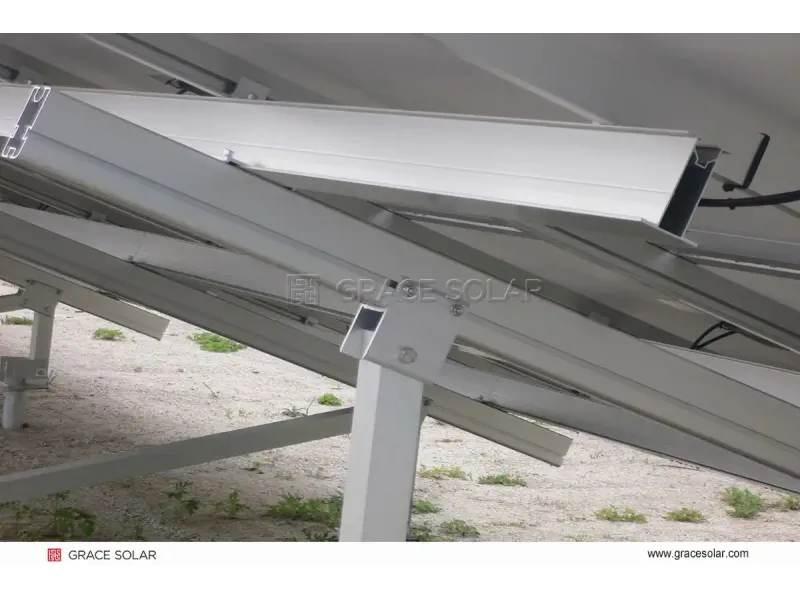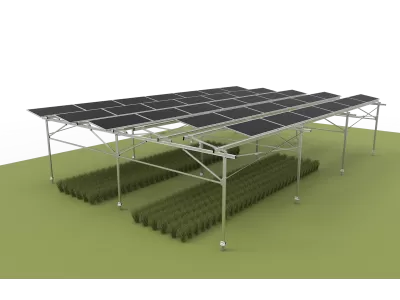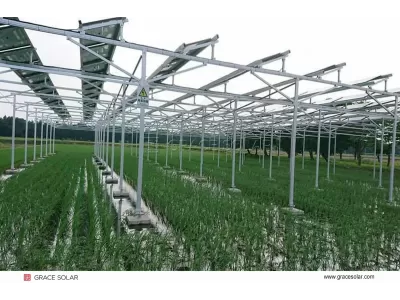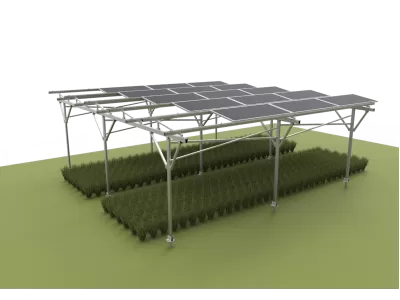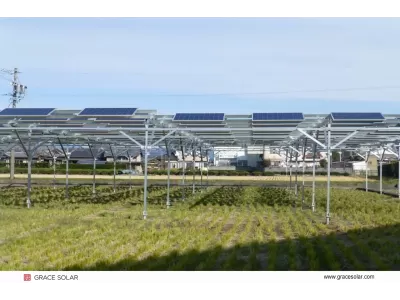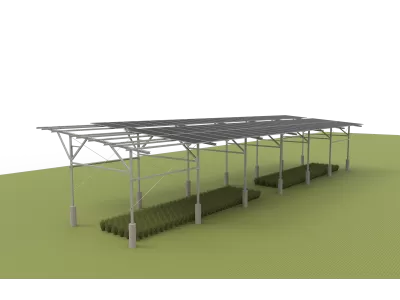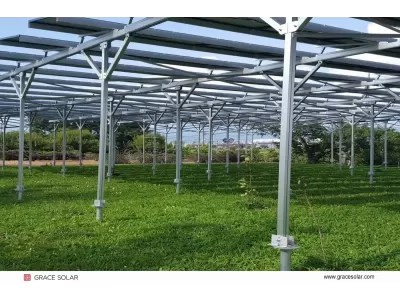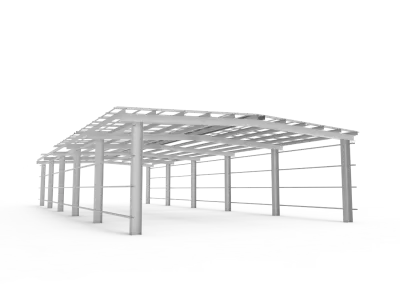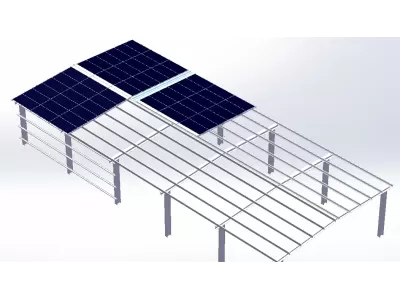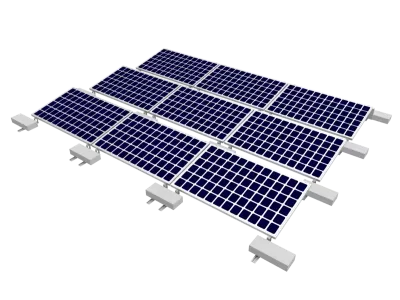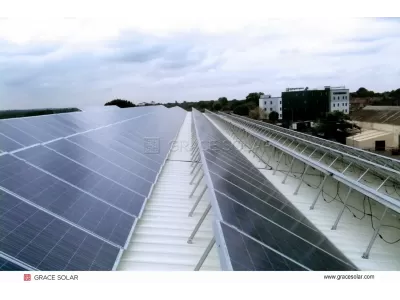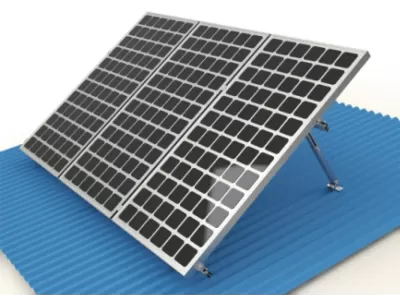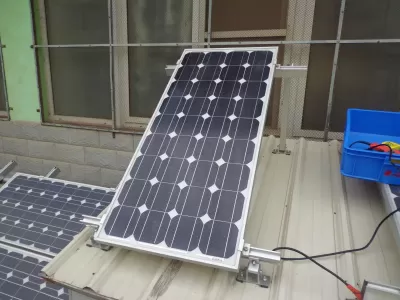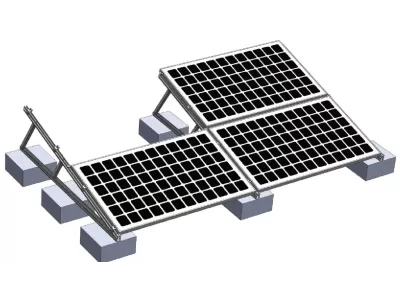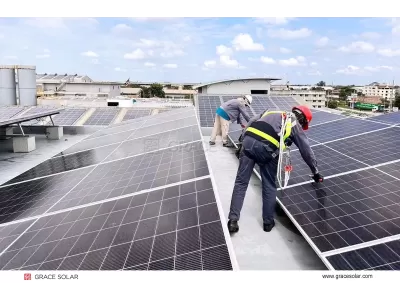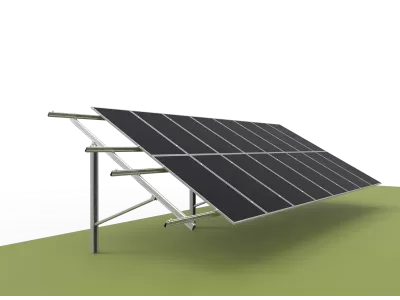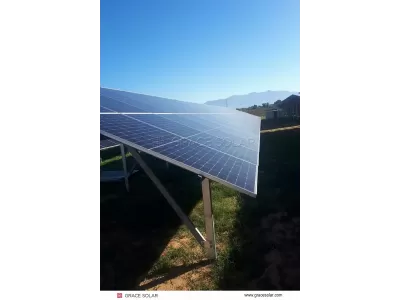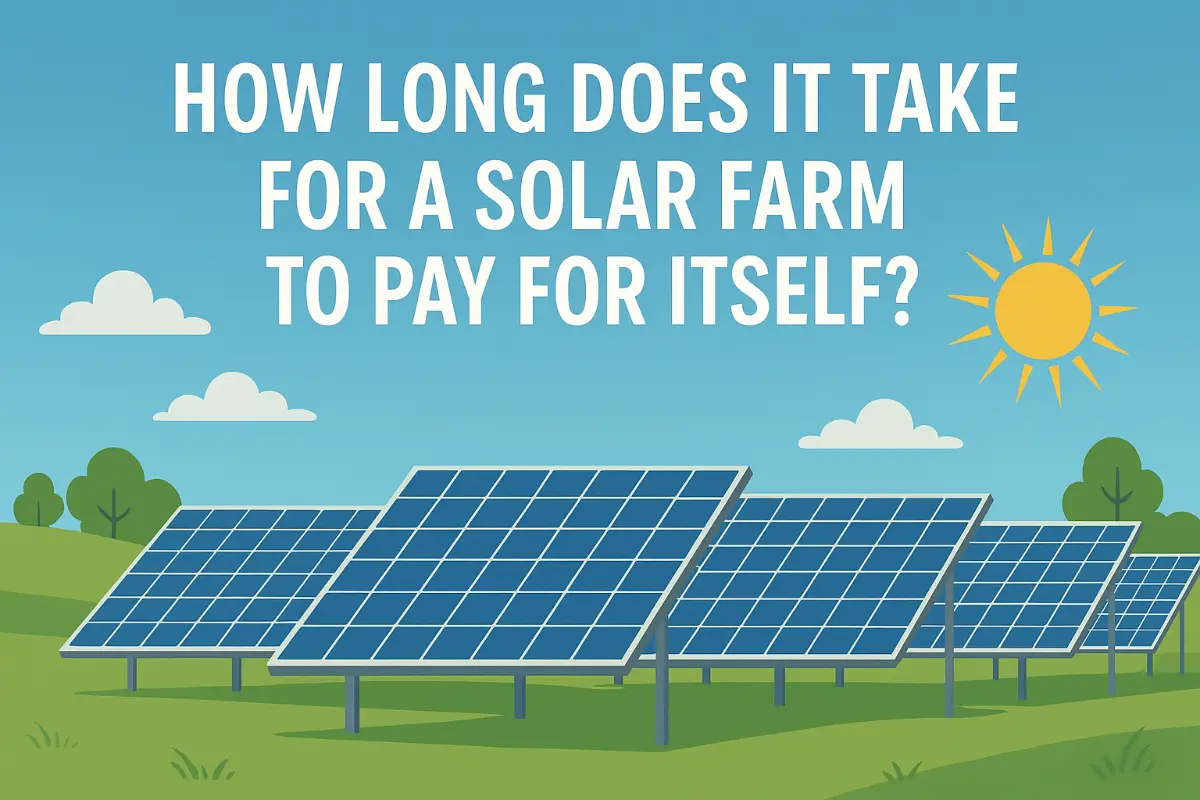
How Long Does It Take for a Solar Farm to Pay for Itself? A Global Perspective
Investing in a solar farm is a significant decision, and one of the most common questions is about the payback period—the time it takes for the system to generate enough savings and revenue to cover its initial cost. Globally, this period varies widely, from as little as 4-5 years in sun-rich regions like India to over 20 years in some European markets. In this comprehensive guide, we'll break down the factors influencing solar farm payback, provide real-world examples, and show how partnering with experienced companies like Grace Solar can help you achieve a faster return on investment (ROI).
Global Solar Farm Payback Periods at a Glance
The payback period for solar farms depends on local conditions, policies, and technology. Below is a summary of typical timelines across key regions, based on industry data and our extensive experience at Grace Solar.
As shown, regions with favorable policies and abundant sunlight tend to have shorter payback periods. However, these are averages—your specific project could vary based on design and execution.
Key Factors Affecting Solar Farm Payback Time
Several elements determine how quickly a solar farm pays for itself. Understanding these can help you optimize your investment and achieve better returns.
Initial Investment and System Costs
The upfront cost of a solar farm includes panels, inverters, mounting systems, and installation. For example, a 1 MW utility-scale solar farm can cost over $1 million, but economies of scale and efficient components can reduce this. At Grace Solar, we design solar mounting systems that minimize material use and labor, lowering overall costs and accelerating payback.
Government Incentives and Policies
Tax credits, rebates, and net metering significantly shorten payback periods. In the U.S., the federal solar tax credit covers 30% of installation costs, while countries like India offer subsidies up to 40%. However, policies change—for instance, the Netherlands' phase-out of net metering has extended payback times. Working with a global provider like Grace Solar ensures you stay updated on local incentives.
Local Electricity Prices and Solar Resources
High grid electricity prices increase savings from solar, reducing payback time. Similarly, regions with more sunlight hours generate more energy. For example, a solar farm in Arizona may pay back faster than one in Germany due to higher irradiation. Grace Solar's flat-type mounting systems maximize energy capture in sunny areas, while slope-type systems adapt to varied terrains.
Financing and Revenue Models
Loans with high interest rates can extend payback, whereas cash purchases or low-interest financing shorten it. Revenue models like Power Purchase Agreements (PPAs) provide steady income, with typical paybacks of 10-15 years. Grace Solar's EPC solutions include financial planning to help you choose the best model.
How to Calculate Your Solar Farm Payback Period
A simple formula can estimate your payback period, though real-world calculations should account for variables like degradation and rate increases.
(Total System Cost - Incentives) ÷ Annual Savings = Payback Period in Years
Example: If your solar farm costs $1,000,000 and you receive $300,000 in incentives, the net cost is $700,000. With annual savings of $70,000 from reduced electricity bills and SRECs, the payback period is 10 years. Professional tools from Grace Solar can refine this with local data for more accurate projections.
Strategies to Shorten the Payback Period
Proactive measures can accelerate ROI, making solar farms more profitable and sustainable investments.
Optimize System Design
Using high-efficiency panels and robust mounting systems boosts energy output. Grace Solar's components and accessories ensure durability and performance, even in harsh conditions.
Maximize Self-Consumption
Using generated energy on-site or storing it in batteries avoids grid dependence and increases savings. Increasing self-consumption can cut payback by 3-5 years in some markets.
Professional Partnerships
Collaborating with experts streamlines installation and maintenance. At Grace Solar, we bring over a decade of experience to help clients achieve optimal payback periods.
Why Choose Grace Solar for Your Solar Farm Project?
As a top global solar solutions provider, Grace Solar combines innovation and reliability to shorten your payback period. Our comprehensive solar solutions include AI-enhanced tracking systems and custom mounting designs that increase energy yield by up to 20%. With certifications like UL and TUV, and a presence in 100+ countries, we deliver projects that are "firm as rock," aligning with our mission to bring more profits from the sun.
Invest Smartly for Faster Returns
The payback period for a solar farm typically ranges from 5 to 20 years globally, but with the right strategies and partners, you can achieve the lower end of this spectrum. By considering factors like incentives, system design, and local conditions, and leveraging Grace Solar's expertise, you can maximize ROI and contribute to a sustainable future.
For personalized insights and project evaluation, explore our company profile or contact our team of solar experts today.

